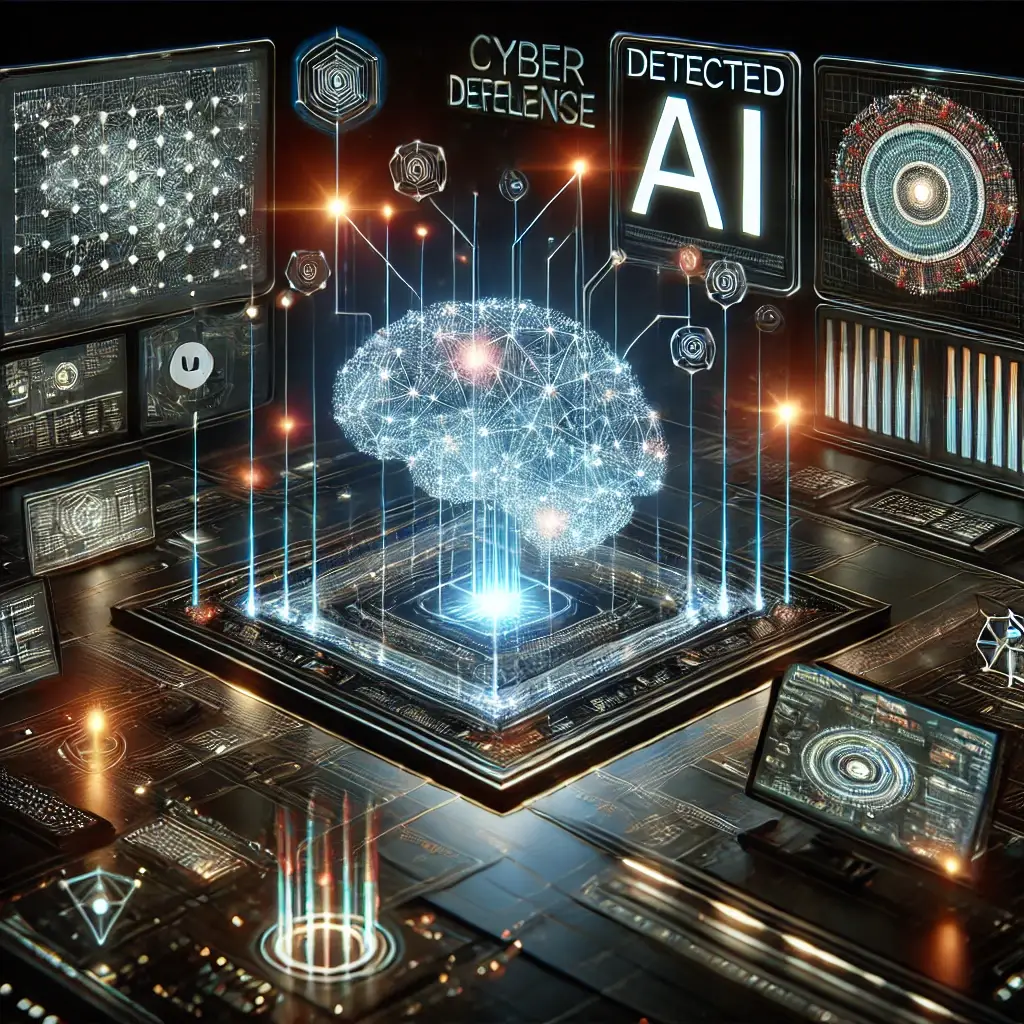Beyond Human Eyes: Using AI for Real-Time Threat Detection in 2025

In 2025, cybersecurity is advancing rapidly, with artificial intelligence (AI) leading the charge in real-time threat detection. Traditional security measures have become inadequate against sophisticated cyber threats, as human capabilities are limited in managing vast, complex data flows. Here’s how AI is reshaping the landscape, elevating our defenses far beyond human capabilities.
The Power of Real-Time Analysis
AI-driven systems can instantly analyze immense volumes of data from diverse sources, such as network traffic, endpoints, and user behavior. By leveraging advanced algorithms, these systems can identify anomalies, uncover suspicious patterns, and detect threats as they arise, all within milliseconds.
AI in Action: Machine Learning and Behavioral Analysis
Machine learning models in AI continually learn from new data, enhancing their ability to detect previously unseen threats. AI-powered behavioral analysis tools are also instrumental in identifying irregular activities that deviate from established norms, allowing for proactive threat mitigation.
Predictive Capabilities for Proactive Defense
AI’s predictive analytics can foresee potential attack vectors, offering organizations the chance to strengthen vulnerabilities before they’re exploited. This anticipatory capability is invaluable in staying a step ahead of cybercriminals, as it helps prevent incidents before they materialize.
Autonomous Response Mechanisms
AI systems don’t just detect threats—they can autonomously respond to them, minimizing response times and limiting potential damage. These automated responses can isolate compromised systems, restrict access, and notify the security team, enabling a swift, coordinated defense.
Challenges and Considerations
Despite its promise, AI in cybersecurity comes with challenges, including the risk of AI-driven attacks, model bias, and the need for robust data to train algorithms effectively. As AI technology advances, organizations must balance these challenges with the benefits of enhanced, real-time threat detection.
In 2025, AI is not just augmenting human capabilities but expanding the horizons of what’s possible in cybersecurity. As we move forward, AI will be an essential ally in the relentless pursuit of a safer, more secure digital world.